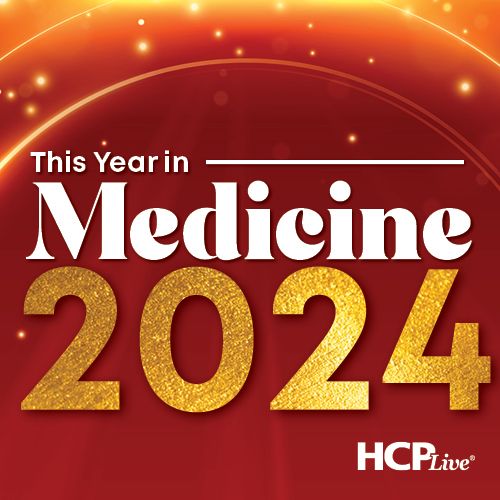Article
Parkinson's Patients and Marijuana
Author(s):
Patients with Parkinson's disease frequently look for treatments that physicians consider alternative or complementary therapies.

Patients with Parkinson's disease frequently look for treatments that physicians consider alternative or complementary therapies.
In a study to be presented as an abstract at a poster session April 23 at the 2015 annual meeting of the American Academy of Neurology meeting in Washington, DC, a Colorado team reported on a survey of patients' use of and opinions about these therapies.
Taylor Finseth, MD, a Denver neurologist and colleagues surveyed Parkinson’s patients in the Denver metro area. Of 207 patients who completed the survey, 52% said they were using complementary medicine, but their responses to the survey showed that the actual rate was 85%.
The difference was in definitions—the researchers considered some therapies complementary when the patients did not.
The most frequently reported such therapies were vitamins (66%), prayer (59%), massage (45%), and relaxation. Only 4.3% reported using marijuana—which is legal in Colorado. But those who did ranked it among the most successful therapies, particularly for mood and sleep.
“Our cross-sectional study was notable for a high rate of complementary and alternative medicine (CAM) utilization amongst Parkinson’s Disease patients and high rates of perceived efficacy across most CAM modalities,” the team wrote.
“Efficacy rates of the most effective CAM therapies were comparable to nonpharmacological therapies routinely recommended by physicians such as exercise and physical therapy,” they said. Though the number of patients who used marijuana in the study was small “users reporter high efficacy, mainly for non-motor symptoms,” they concluded.





